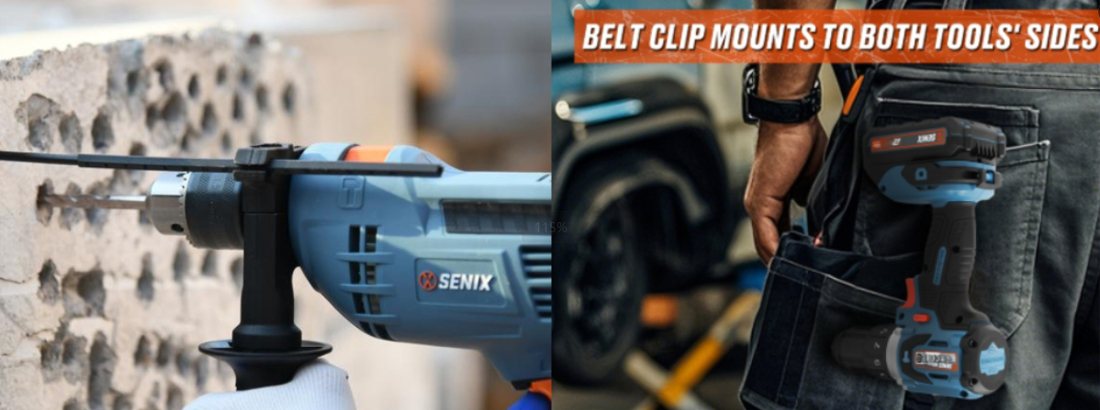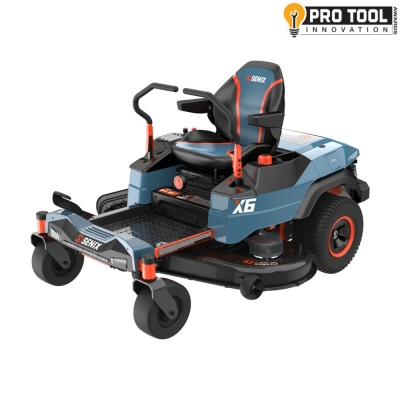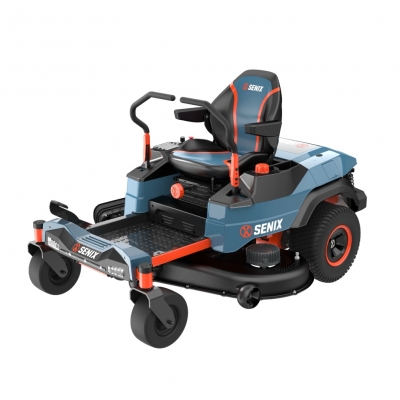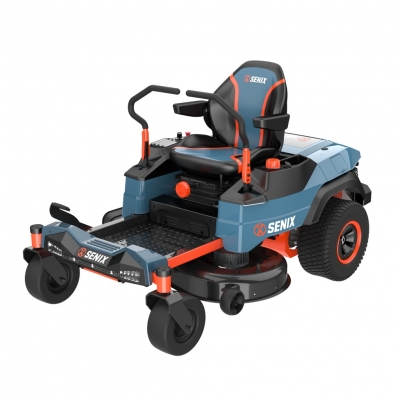Rotary Hammers vs. Hammer Drill: Understanding the Differences
Did you know a rotary hammer can finish a rebar-through-concrete hole in seconds—something a hammer drill would take minutes to crack?
Piston vs. Clutch Mechanism
Rotary hammers use piston-driven force for powerful blows—perfect for thick concrete. Hammer drills use a cam/clutch to produce rapid, shallow blows—better for light masonry.

SDS Chuck vs. Regular Chuck
Rotary hammers use SDS chucks for fast bit changes and greater impact transfer. Hammer drills stick to basic keyed chucks—slower bit swap, less heavy-duty.
Modes and Attachments
Rotary hammers often include three modes: drill only (for wood/metal), hammer drill (for masonry), and hammer only (for chiseling). That means one tool can handle everything from installing anchors to removing tile to chipping up old concrete. Hammer drills typically offer just one mode—hammer drilling—limiting them to basic holes in brick or block. And while rotary hammers can accept chisels, spade bits, and scrapers, hammer drills only work with standard drill bits.
Power Measurements: ft./lbs. vs. BPM
The power of Rotary Hammers is typically measured in foot-pounds of impact (ft./lbs.), which represents the force applied by the drill bit over a one-foot distance. The higher the ft./lbs. rating, the more powerful the Rotary Hammer is. This measurement indicates the amount of force exerted with each impact, enabling the tool to drill larger holes in tougher materials more quickly.
In comparison, Hammer Drills are measured in blows per minute (BPM), with most models averaging around 3,000 BPM. The higher the BPM rating, the greater the hammering force. However, despite the higher BPM, Hammer Drills generally offer less power than Rotary Hammers because they rely on the clutch mechanism.
Which tool for which task?
Drilling 10mm holes into red brick wall for wall anchors → Hammer Drill
Removing tile from bathroom floor → Rotary Hammer, hammer-only mode
Making 25mm holes for rebar in a concrete foundation → Rotary Hammer
Installing screws in cinder blocks → Hammer Drill
Chipping out concrete curb → Rotary Hammer
Whether you're a weekend renovator or on a professional crew, the right tool will save time, reduce frustration, and get the job done right. Explore SENIX’s full range of rotary hammers and hammer drills to find what fits you.



 (5.0)
(5.0)
